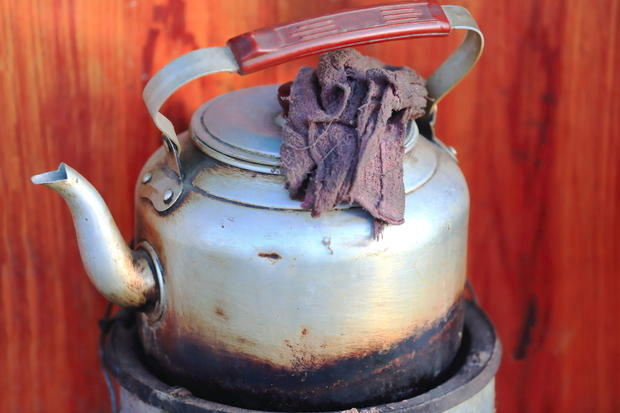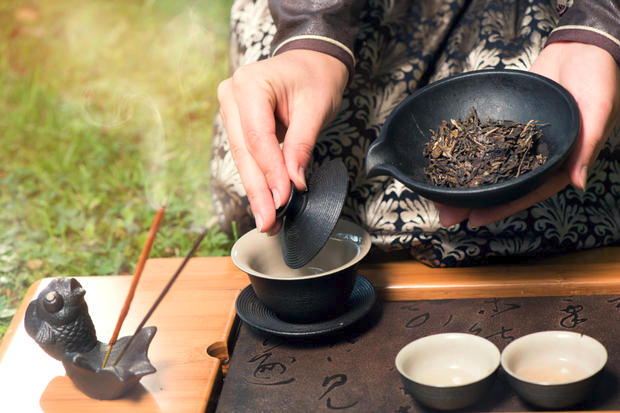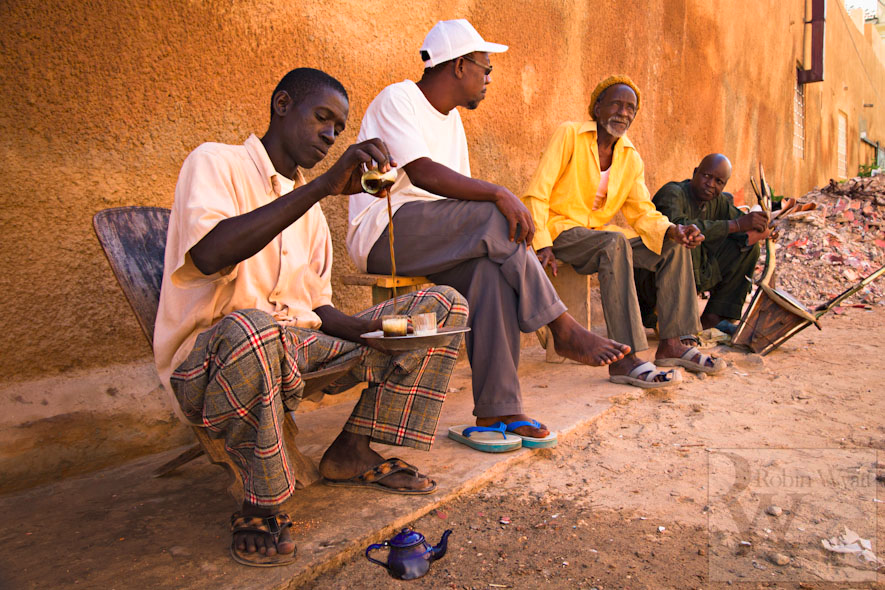Advertisement
Inspired by a BuzzFeed article I read some time back, I decided to take a visual tour of my favourite teas from around the world.
That's hardly a country on earth that does not drink tea. At the way, they drink it and what they drink with is just as enjoyable to me as the Teas themselves.
Dating back to 2737 BC, tea drinking is both an art, recreation and a serious science.
Welcome to my Beautiful Tea Tour. Here are a list of my favourite teas along with some photographs of each.
Tea from Argentina

Moving around the globe to Argentina in South America you will find yerba mate (pronounced ma-tay).
Yerba mate is made from herbs and often referred to as "the tea of the gods,"
Preparing Yerba is an art in itself. Using a small clay pot or a dried calabaza gourd, the tea passes through a special straining straw called a bombilla.
Yerba Is a staple drink in Argentina. To decline a cup of Yerba mate is considered an insult.
Tea from Tibet

It's hard to argue in favour of reducing by salt and dairy intake when I see how the Tibetans drink their tea. The people of Tibet easily live over 100 years on average. And what does their diet consist of?
Several cups of tea a day, each containing a cube of butter and a block of rock salt.
Traditional tea of Tibet is Po Cha and is brewed for several hours from a block of black leaf tea called Pemagul. IN Australia, I found a range of Himalayan teas at
Cup Above Tea online and all of them appear delicious.
Once the brewing is done you add your salt and Yaks butter and blend the lot into something resembling a hot cuppa soup.
Tea from Russia

Tea drinking became popular in Russia during its famine years where food was often scarce.
Perhaps the most well-known tea from Russia is the zavarka. Zavarka is a strong, loose-leaf tea that is brewed in a little metal pot called a samovar.
Using the Samovar, The Black tea is brewed And then served in large cups. However, instead of filling your giant mug, you only take a small amount of this concentrated tea and then top the brew up with hot water.
For the most part, Russians would drink the tea without milk. However, to serve the tea without a biscuit or something to eat would be considered an insult
Tea from China

Back to Asia. The Chinese have a traditional tea ceremony that's called Gongfu.
Gongfu Tea Is a careful and intricate process. The cups and pots that are used all have elaborate an intricate of designs.
A Gongfu Tea Ceremony also involves a truck load of tools including, a tureen, strainers, tongs, tea towels, a brewing tray, and "scent cups," which is employed simply to sniff—not drink—the bitter brew.
As the scent cup is passed around the room, each of the guests is invited to take a smell of the leaves before the tea is brewed.
After that, the cups are warmed and washed with the teas first brew.
Of course, the most important part is the drinking ceremony itself. Cups are placed in a circle and pouring in one continual motion from each cup is filled to the top.
The tea is then drunk, sipping slowly, with both hands around the cup and saucer.
Tea from Pakistan

India seemed too obvious to me, so instead, I'm going to Pakistan.
Like India, Pakistan is filled with tea drinkers
Noon Chai is the tea of choice and historically part of Kashmiri culture.
Noon Chai is a unique blend of tea that includes salt, milk, almonds, pistachio nuts and spices like cinnamon and star anise. It is a beautiful tea and
one worth learning how to make.
Colour is also unique being a light pink in colour. This Pretty tea from Pakistan is taken with small sweet pastry such as kandir and kulcha.
Perhaps the other kind of Pakistani tea worth noting is Doodh Pati. Doodh Pati is a pure milk tea that is drunk hot and contains no water.
Tea from Gambia

Known as Attaya, this thick black tea is brewed continuously over hot coals. The brewing process can take anywhere 30 minutes. At certain intervals, the tea maker will begin to pass the tea from one small cup to another.
The black, thick brew is then combined with huge quantities of white sugar. Again the tea is poured from one small shot glass to another and then returned to the brewing pot which sits upon the hot coals.
It is considered a privilege to be the tea maker and is ordinarily, a job done by the men. It is also a blessing to be offered some of this Attaya.
Sitting in a circle, a tray holding two shot glasses of the tea is passed around. The tea is drunk in a single sip and then returned to the tray and back to the tea maker where the process starts all over again.
Advertisement
Tot: 0.166s; Tpl: 0.01s; cc: 15; qc: 53; dbt: 0.082s; 1; m:domysql w:travelblog (10.17.0.13); sld: 1;
; mem: 1.1mb